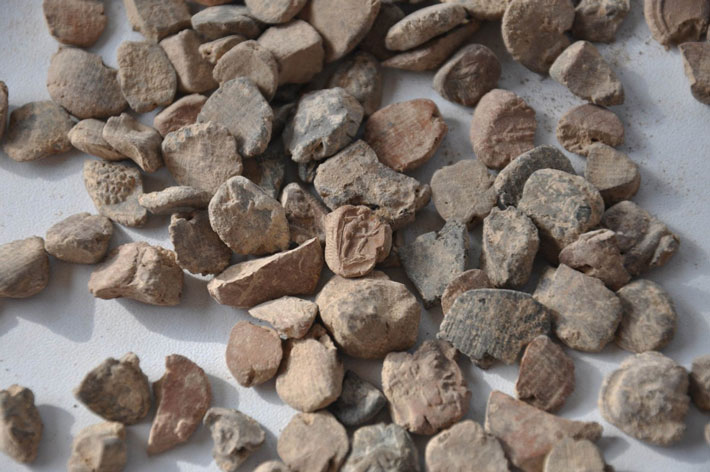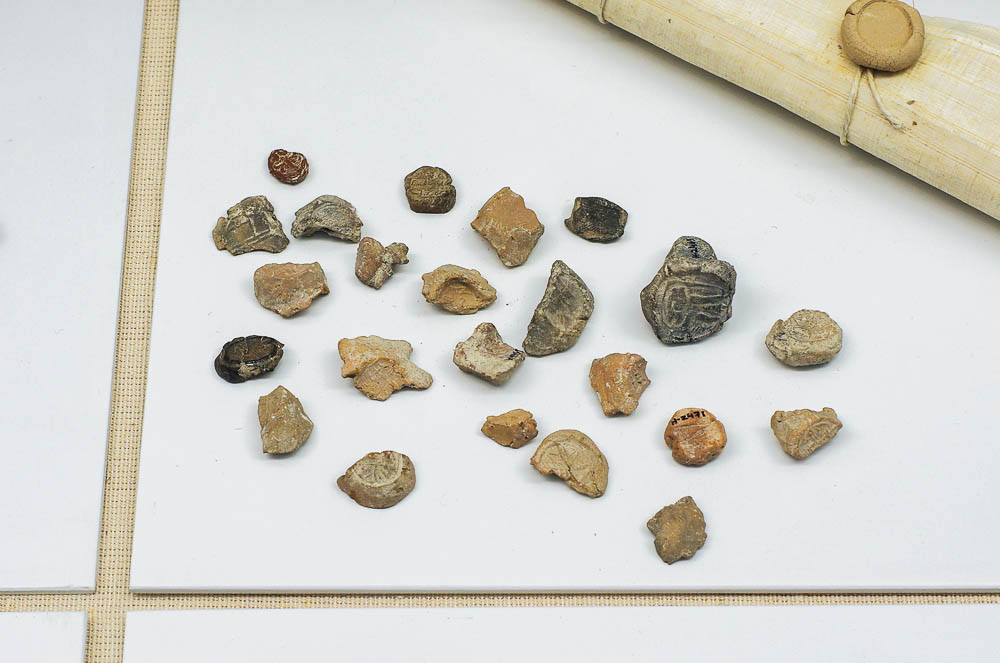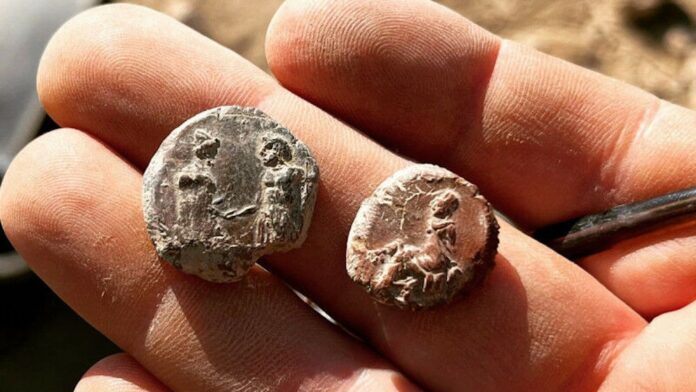In a remarkable archaeological discovery, researchers have uncovered over 2,000 Roman clay seals in Doliche, an ancient city in southern Turkey. These artifacts, once used to secure official Roman documents, reveal intricate depictions of deities and religious symbols. This find not only enriches our understanding of Roman administrative practices but also provides a fascinating glimpse into the diverse religious landscape of the time.
The Discovery in Doliche
Doliche, located near Gaziantep, has long been known for its historical significance. Dating back to the Hittite era in the 2nd millennium BC, the city has experienced numerous cultural influences, including Hittite, Persian, Greek, and Roman. Strategically situated at the crossroads of major trade routes, Doliche was a prominent pilgrimage site during the Roman period. Devotees traveled vast distances to make offerings at the grand temple dedicated to Jupiter Dolichenus, the god of sky and thunder.
Recent excavations have revealed not just the remnants of this grand temple, but also an extraordinary cache of over 2,000 Roman seals. These seals, used to authenticate and secure official documents, provide valuable insights into the bureaucratic workings of ancient Rome.

Measuring Up the Decorated Roman Seals
According to Michael Blömer, a professor of archaeology at the University of Münster, the newly discovered seals would have been used to secure strings binding legal documents and letters. The seals, made of clay and measuring between 5 to 20 millimeters in length, feature a variety of religious imagery. Some display Roman gods and goddesses, while others include portraits or inscriptions.
Blömer highlights the significance of these artifacts: “The collection showcases a broad range of Roman religious iconography, offering insights into the diverse deities worshipped in Doliche.” The seals provide a tangible link to the city’s religious and administrative past, reflecting the cultural and spiritual life of its inhabitants.
The Resilience of Roman Seals

The Roman seals were discovered within the ruins of Doliche’s city archive building, which was active between the mid-2nd and mid-3rd centuries AD. Previous excavations at this site had already uncovered approximately 4,000 similar seals, indicating the scale of the city’s administrative operations. Unfortunately, many documents sealed with these artifacts were lost in a major fire, possibly in 253 AD, when the Persian king Šāpūr I devastated several Roman cities.
Despite this destruction, the surviving seals offer crucial insights into Roman public architecture and administrative practices. Blömer suggests that ongoing analysis of these artifacts will illuminate the organization of public spaces in Doliche and shed light on the cultural affiliations of its ancient inhabitants.
Civic Archaeology and Religious Significance

Doliche’s religious life was centered around the sanctuary dedicated to Jupiter Dolichenus, making it a major pilgrimage site in the Roman Empire. Rituals and ceremonies aimed at honoring this deity were central to the city’s religious practices. Pilgrims visited the sanctuary seeking divine favor, protection, and blessings, reflecting the syncretic nature of Roman religious traditions in the Eastern Mediterranean.
As more Roman seals are studied, they will continue to reveal the religious and cultural dynamics of Doliche. These artifacts are a testament to the city’s role as a significant center of worship and administrative activity in the ancient world.
Conclusion
The discovery of over 2,000 Roman seals in Doliche offers a profound glimpse into the administrative and religious practices of ancient Rome. These artifacts not only enhance our understanding of Roman bureaucracy but also provide valuable insights into the city’s religious life and cultural diversity. As research continues, these ancient seals will undoubtedly uncover more about the intricate tapestry of Doliche’s past, highlighting its importance as a hub of both governance and spirituality in the Roman Empire.
